Keep Your Residential Gutters Flowing and Your Home Protected

Your home gutter system plays a critical role in protecting your property from water damage. When gutters become clogged with leaves, twigs, and debris, they can’t do their job—leading to potential issues like roof leaks, foundation damage, and landscaping erosion. The good news? With a few tools and some know-how, you can clean your residential gutters yourself and help extend their lifespan.
Here are some safe, effective, and easy-to-follow DIY gutter cleaning tips for homeowners.
What You’ll Need:
Before you begin, gather the following supplies:
- A sturdy ladder (with someone to spot you, if possible)
- Work gloves
- Safety glasses
- A small plastic scoop or gutter-cleaning tool
- A garden hose with a spray nozzle
- A bucket or tarp to collect debris
- Optional: Gutter flush attachment or a leaf blower with a gutter kit
Step-by-Step Gutter Cleaning Process
1. Check the Weather
Choose a dry day for cleaning. Wet debris is heavier and messier, and you don’t want to be up on a ladder during high winds or rain.
2. Set Up Your Ladder Safely
Place your ladder on a level, stable surface. Use ladder stabilizers if needed, and never lean too far in either direction—always move the ladder instead.
3. Remove Debris by Hand
Wearing gloves, scoop out leaves, pine needles, and other buildup from the gutters. Work your way around the house, placing debris into a bucket or onto a tarp below.
4. Flush the Gutters and Downspouts
Use a garden hose to rinse out the gutters and ensure water is flowing freely through the downspouts. If a downspout is clogged, use a plumber’s snake, hose attachment, or gentle tapping to clear the blockage.
5. Inspect for Damage
While you’re up there, check your residential gutters for cracks, rust spots, loose fasteners, or sagging sections. A well-maintained home gutter system is crucial for proper water drainage.
Bonus Tips to Make Gutter Cleaning Easier
- Use a Gutter Guard: Installing mesh guards or covers can reduce the frequency of cleanings.
- Clean Twice a Year: Aim for spring and fall, or more often if you have lots of trees around.
- Trim Nearby Trees: Cutting back overhanging branches reduces the amount of debris entering your gutters.
- Wear Old Clothes: Gutter cleaning can get messy—dress accordingly!
When to Call a Professional
DIY is great, but there are times when it’s best to bring in help:
- Your home has multiple stories
- Your gutters are severely clogged or damaged
- You’re not comfortable working on a ladder
A professional gutter cleaning service can also perform a thorough inspection of your home gutter system to catch issues early.
FAQ’s
1. How often should I clean my residential gutters?
Most homeowners should clean their residential gutters at least twice a year—once in the spring and once in the fall. Homes surrounded by trees may require more frequent cleanings.
2. What’s the best way to flush out my home gutter system?
Use a garden hose with a spray nozzle to rinse out the gutters and downspouts. Make sure water flows freely through the system and there are no clogs in the downspouts.
3. Can clogged residential gutters cause water damage?
Yes, clogged gutters can lead to roof leaks, foundation issues, and even interior water damage. Regular maintenance of your home gutter system helps prevent costly repairs.
4. Are gutter guards a good investment for home gutter systems?
Gutter guards can significantly reduce the amount of debris that enters your gutters, making maintenance easier. They’re especially helpful in areas with heavy tree coverage.
5. When should I replace my residential gutters instead of cleaning them?
If your gutters are cracked, rusted, sagging, or pulling away from the house, it may be time to replace your home gutter system rather than continue cleaning or repairing it.



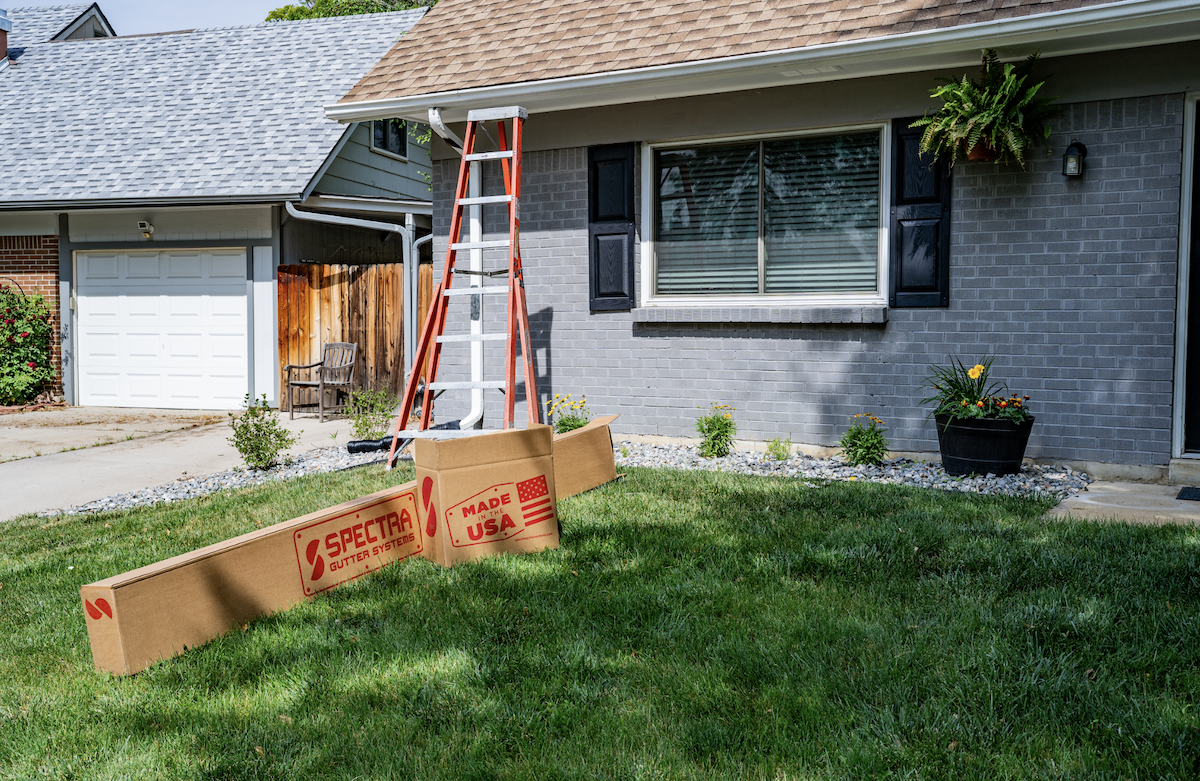

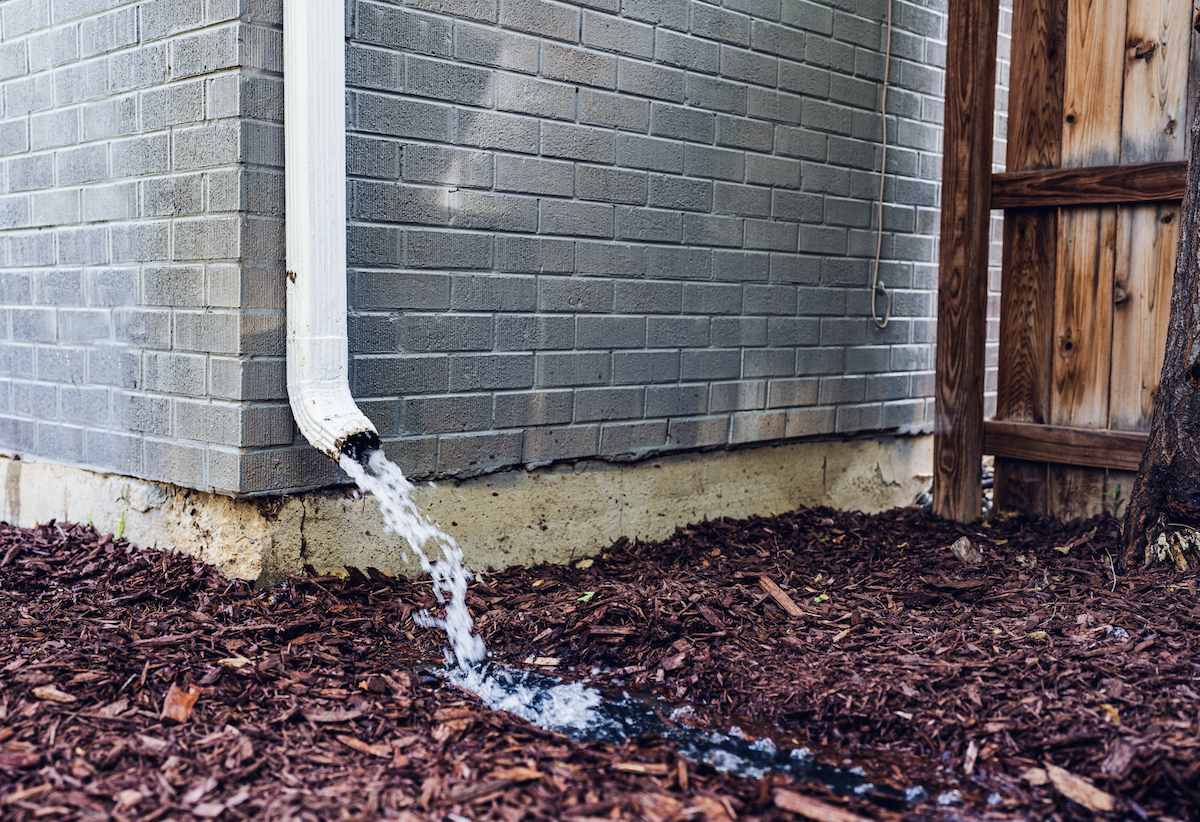


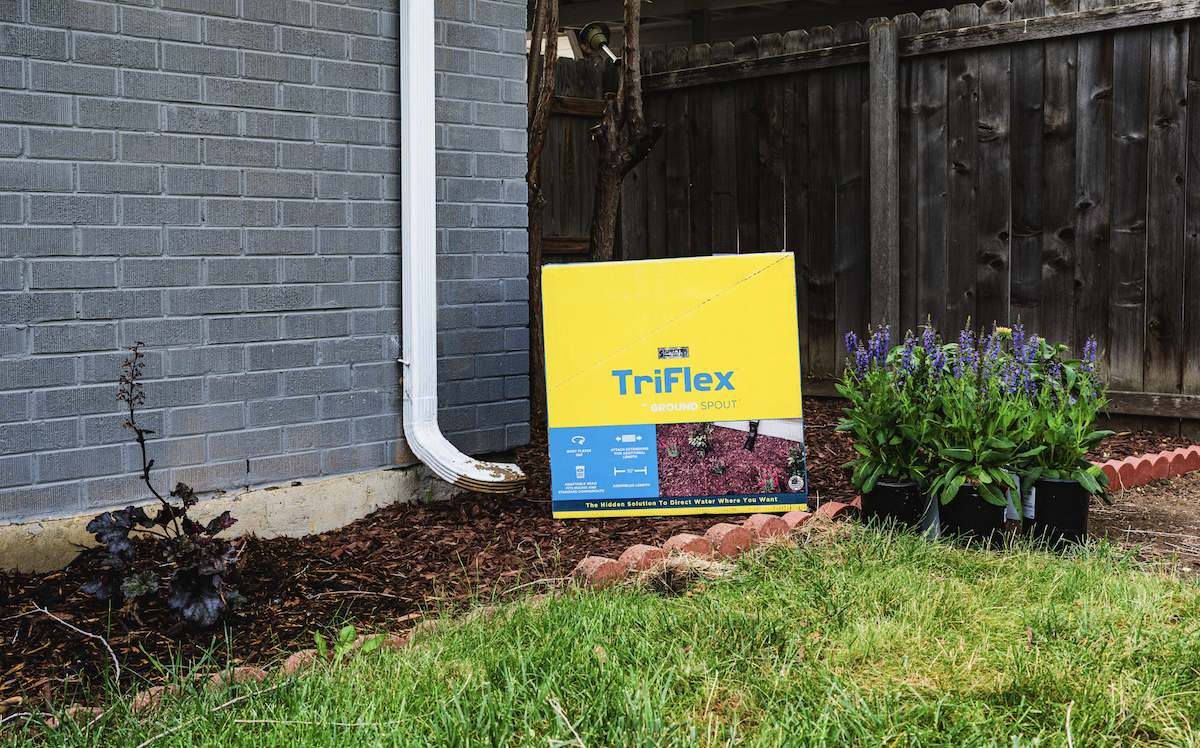
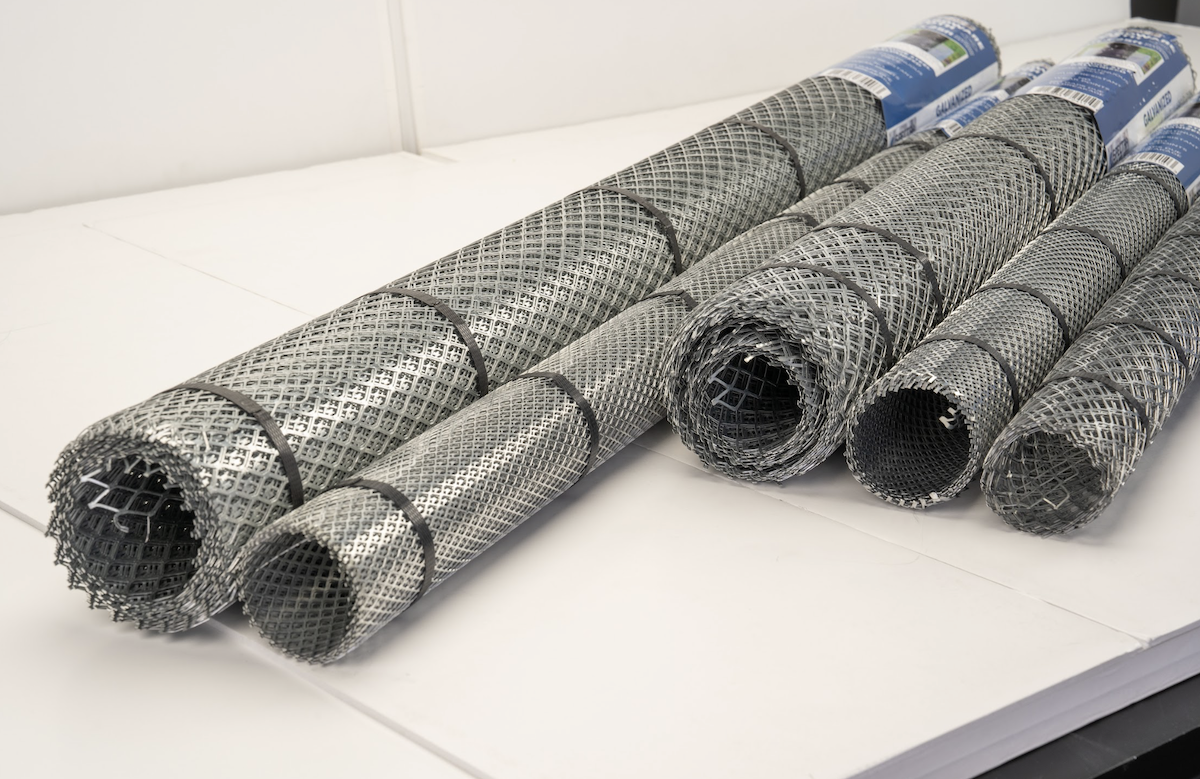

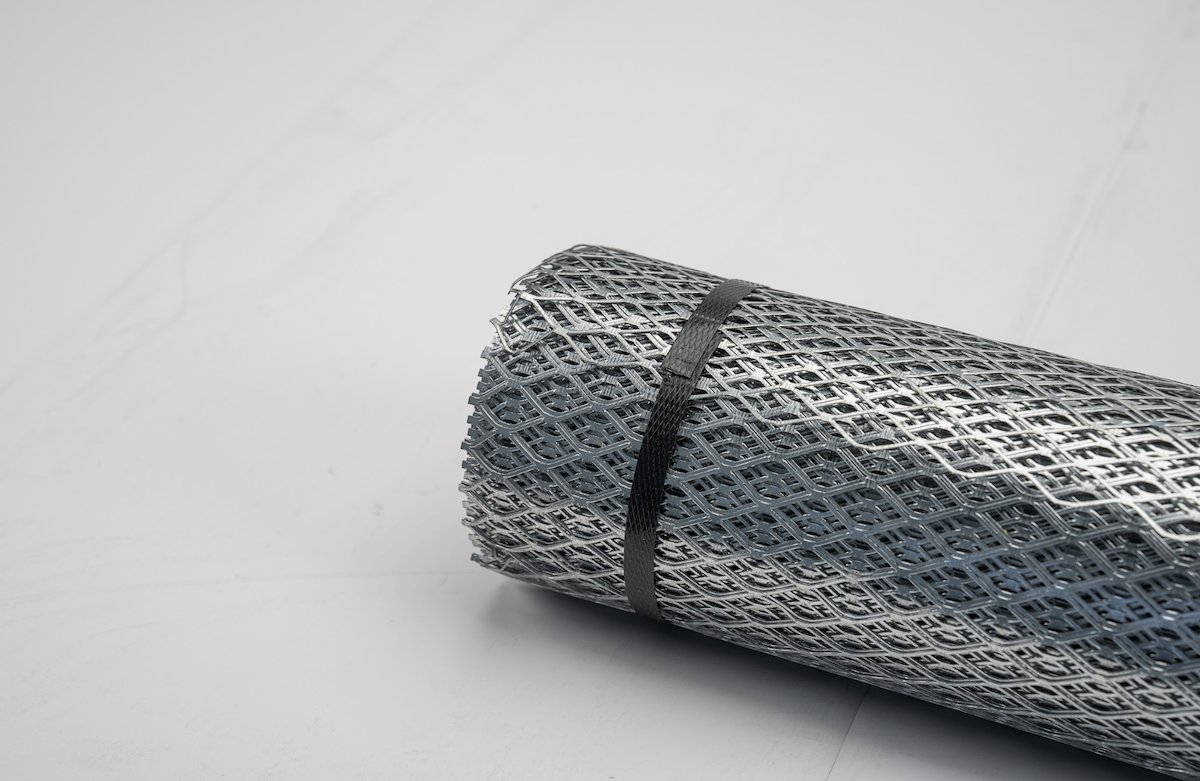
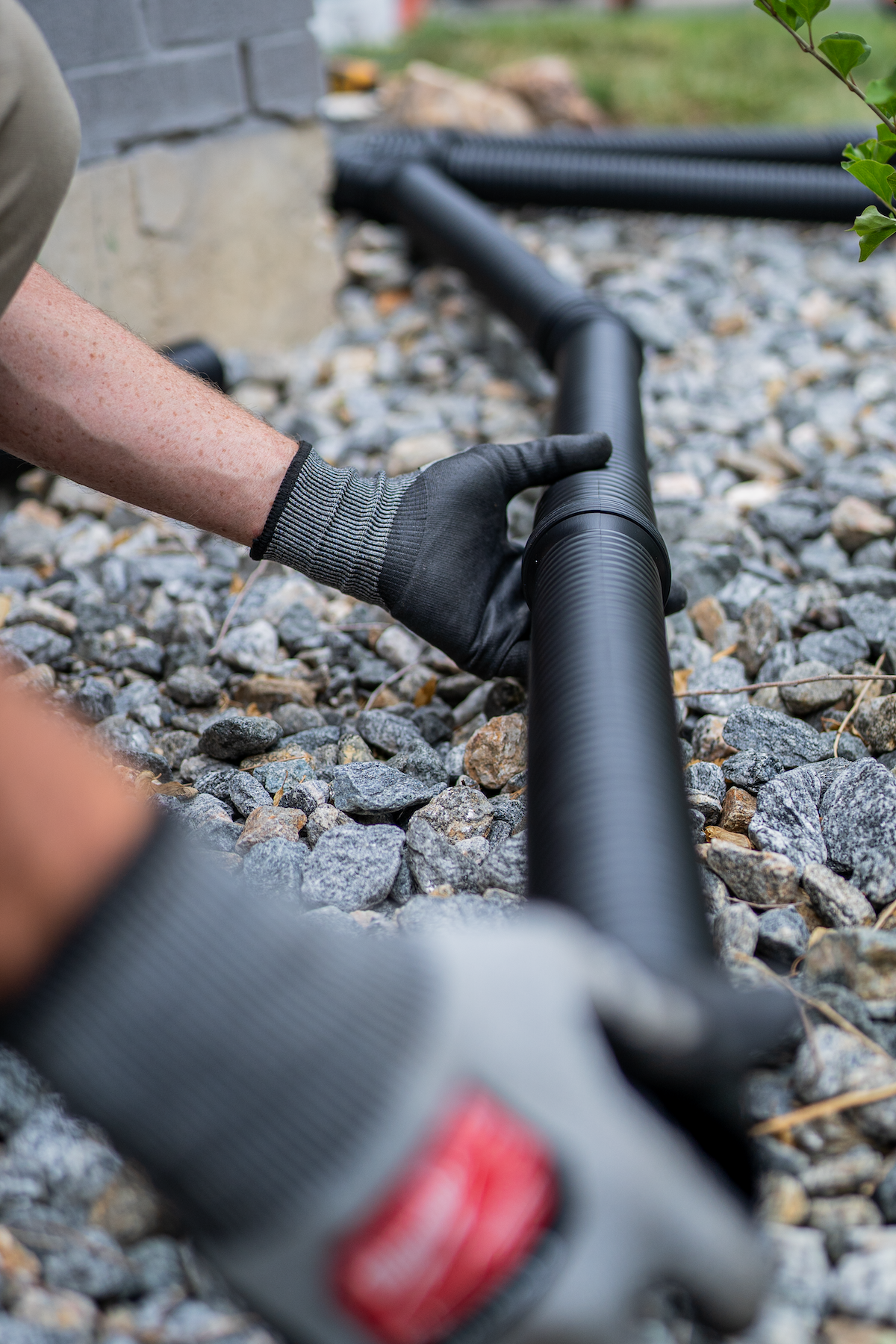


.jpg)
.jpg)


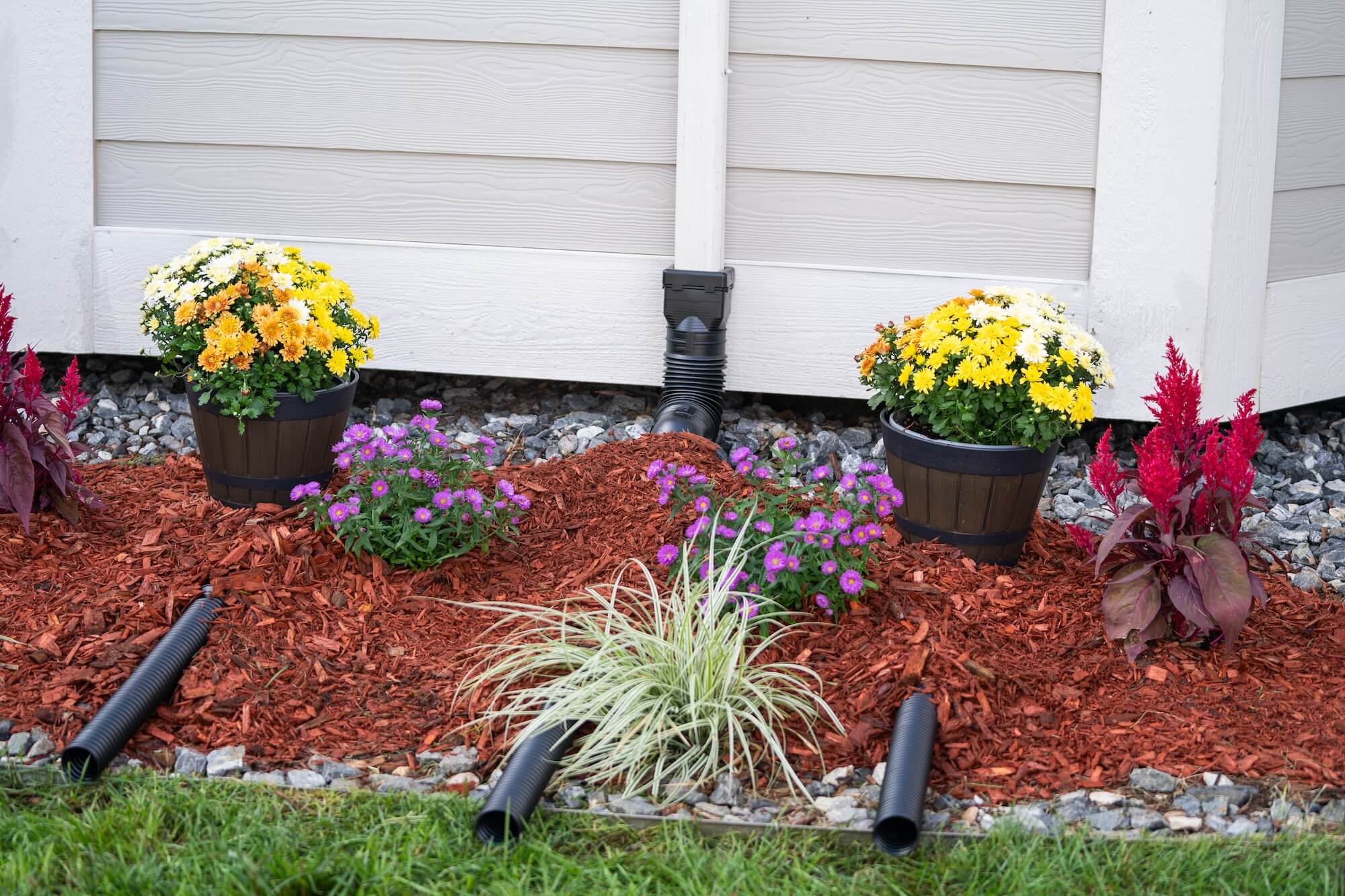


























.webp)

.webp)







